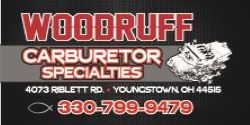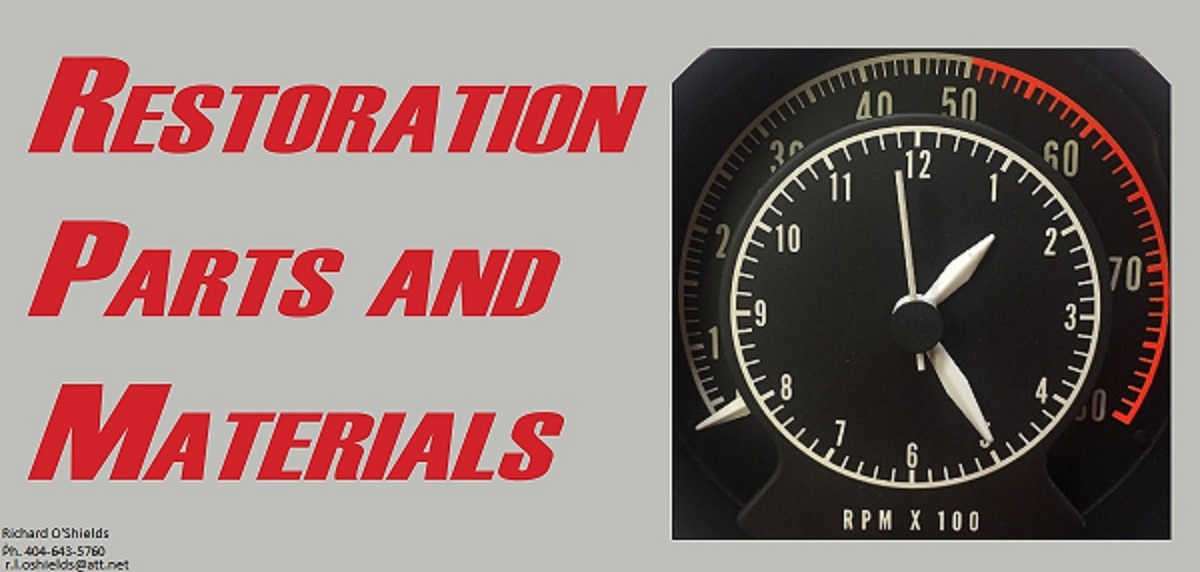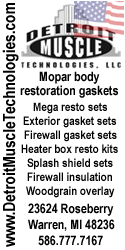Challenger RTA
Well-Known Member
I
The problem of weeping is still there. Had it apart a few times. Removed top with fuel in it. The fuel level was half way up. I would think with the floats in the bowl would raise the fuel level a bit. Checked the float level adjustment again 29/32nds . Been reading other forums on the thermoquad. Enlarging the transition slot is that a doable thing? The other is to drill holes in the primary plates. some start at 1/16" and maybe end up at 3/32nd".
II
As the pictures go The throttle plate are mechanically closed. The throttle plate being held up to the light at different angles. The light can be seen in different areas. I would have to say that there needs to be some opening in order for the engine to run. I did flip the plate around and no difference or wouldn't fit. The other thing that came to mind, is to trim off material for more air flow instead of drilling hole. I would a have guess someone has tried that and it would be to difficult to know how much to remove.
III
The one thing I didn't do is check the fuel pressure. It's not that hard. Just want a third eye to watch if something is amuck. While I focus on what I'm doing. Having things apart a few time one can miss something.
IV
The last picture is one with the 1 1/2" primaries 9103s. Wondering if there is no need to drill the primary plates because of the larger bore. Will it give the engine what it needs? The problem with the 2nd one 9103s. To rebuild it I think I have all the parts but the air door spring. I'm thinking I can go a head and rebuild it. I just want to see if there is the same problem weeping. Don't need the secondary to open. If need be I'll fasten them shut. just checking at idle. If it's good I'll order pasts that I need. If not I'll ordering parts anyhow.
V
@Vaanth Or other. Any input would be apricated Thanks










The problem of weeping is still there. Had it apart a few times. Removed top with fuel in it. The fuel level was half way up. I would think with the floats in the bowl would raise the fuel level a bit. Checked the float level adjustment again 29/32nds . Been reading other forums on the thermoquad. Enlarging the transition slot is that a doable thing? The other is to drill holes in the primary plates. some start at 1/16" and maybe end up at 3/32nd".
II
As the pictures go The throttle plate are mechanically closed. The throttle plate being held up to the light at different angles. The light can be seen in different areas. I would have to say that there needs to be some opening in order for the engine to run. I did flip the plate around and no difference or wouldn't fit. The other thing that came to mind, is to trim off material for more air flow instead of drilling hole. I would a have guess someone has tried that and it would be to difficult to know how much to remove.
III
The one thing I didn't do is check the fuel pressure. It's not that hard. Just want a third eye to watch if something is amuck. While I focus on what I'm doing. Having things apart a few time one can miss something.
IV
The last picture is one with the 1 1/2" primaries 9103s. Wondering if there is no need to drill the primary plates because of the larger bore. Will it give the engine what it needs? The problem with the 2nd one 9103s. To rebuild it I think I have all the parts but the air door spring. I'm thinking I can go a head and rebuild it. I just want to see if there is the same problem weeping. Don't need the secondary to open. If need be I'll fasten them shut. just checking at idle. If it's good I'll order pasts that I need. If not I'll ordering parts anyhow.
V
@Vaanth Or other. Any input would be apricated Thanks
Last edited:




















